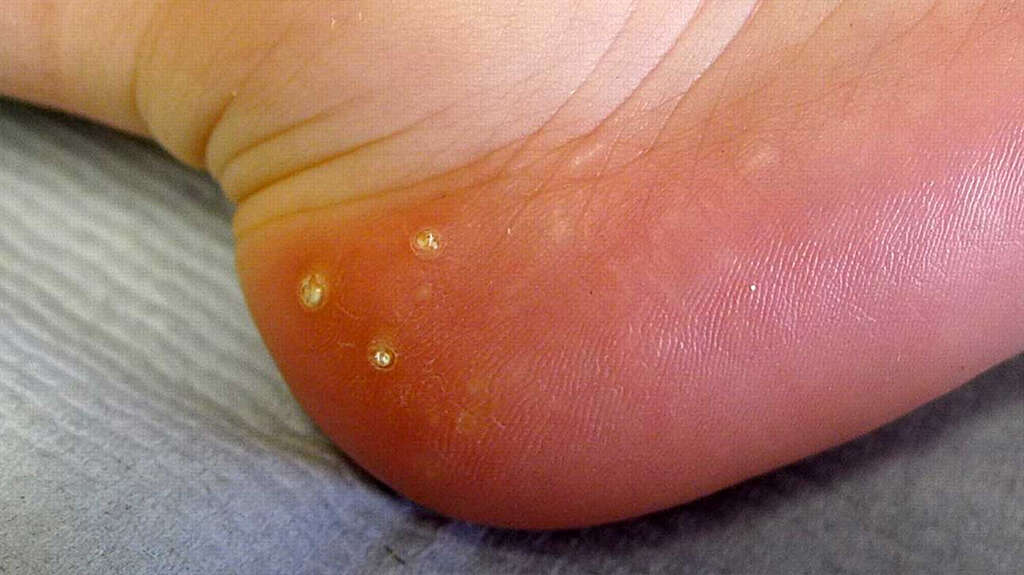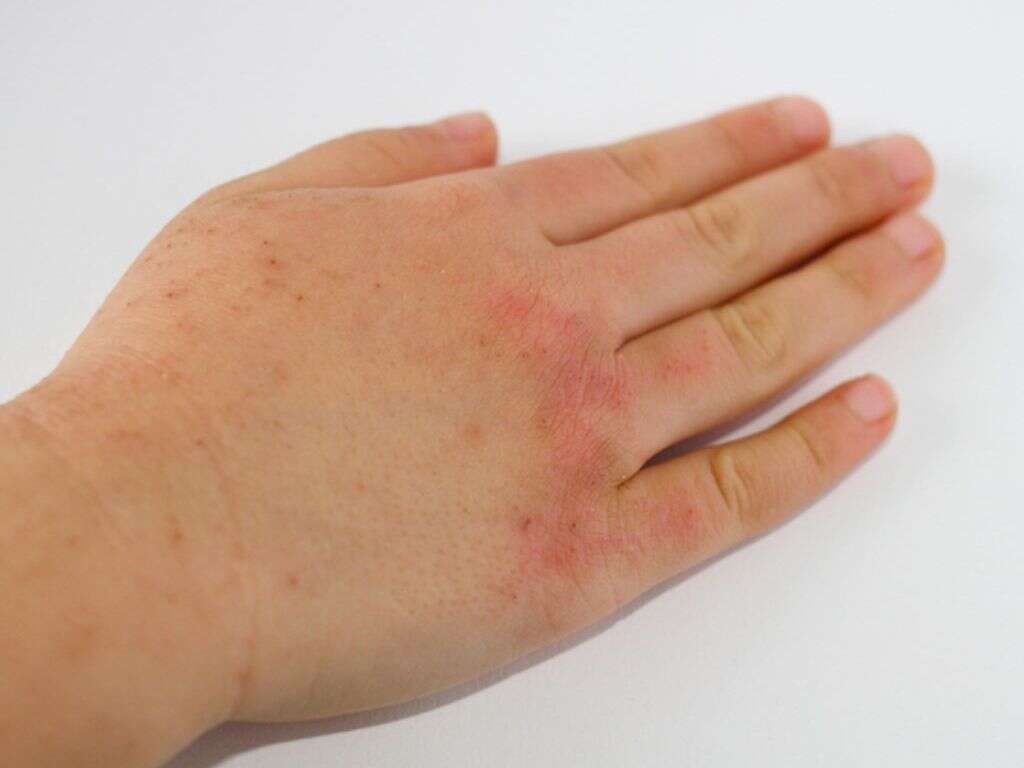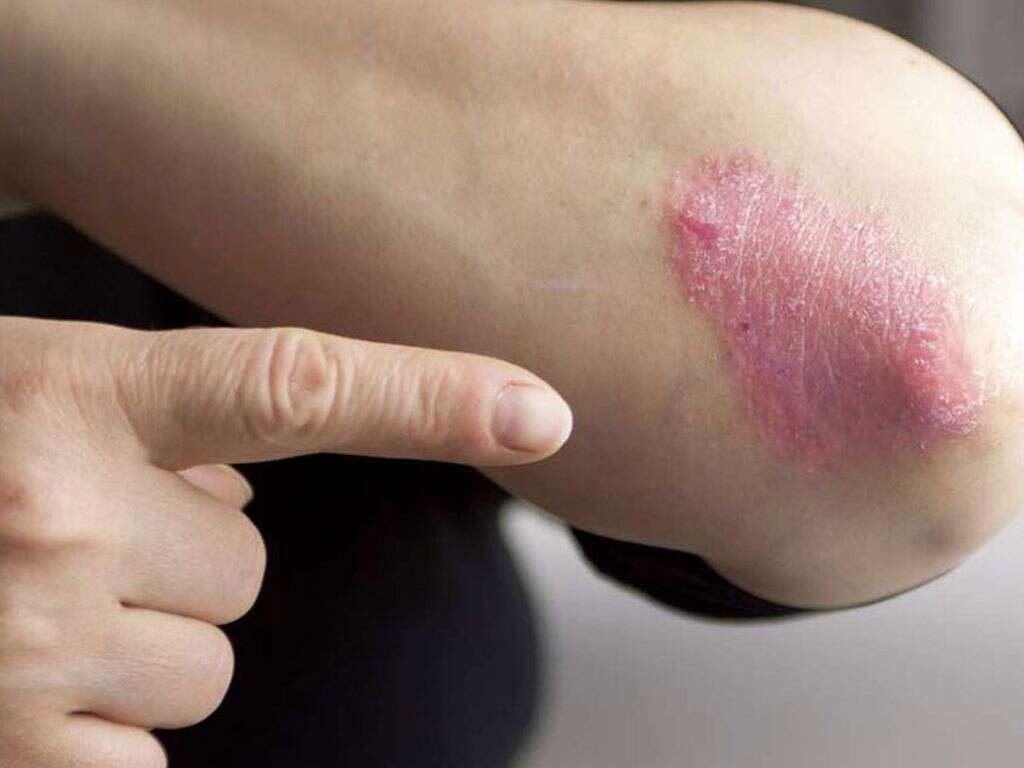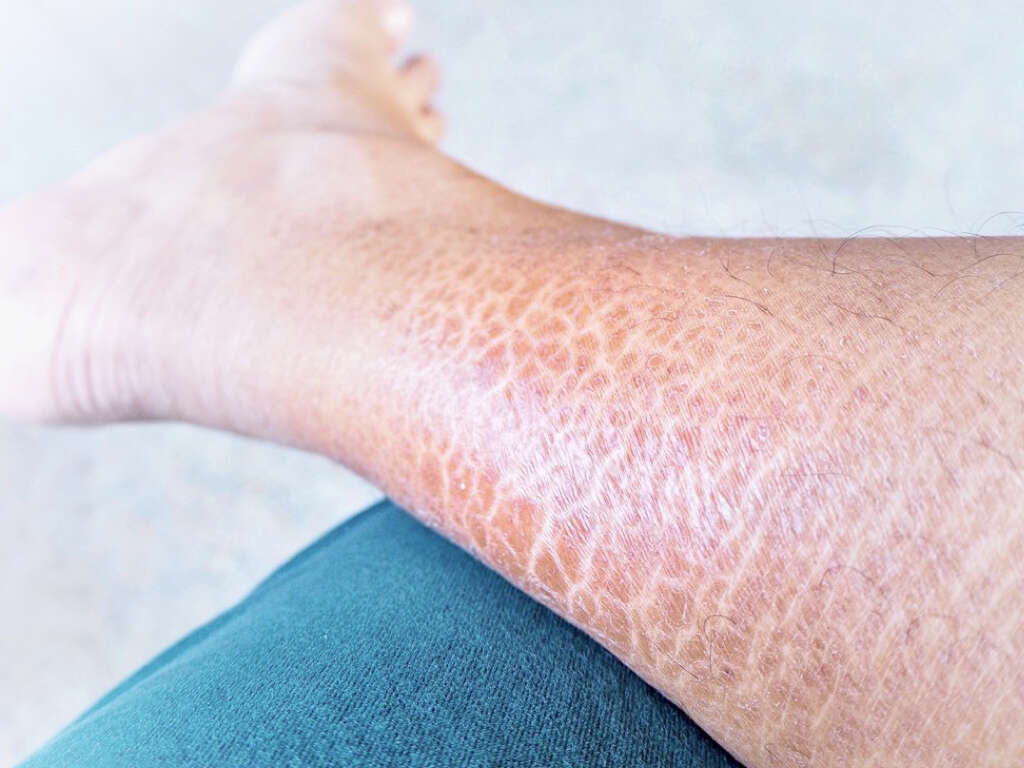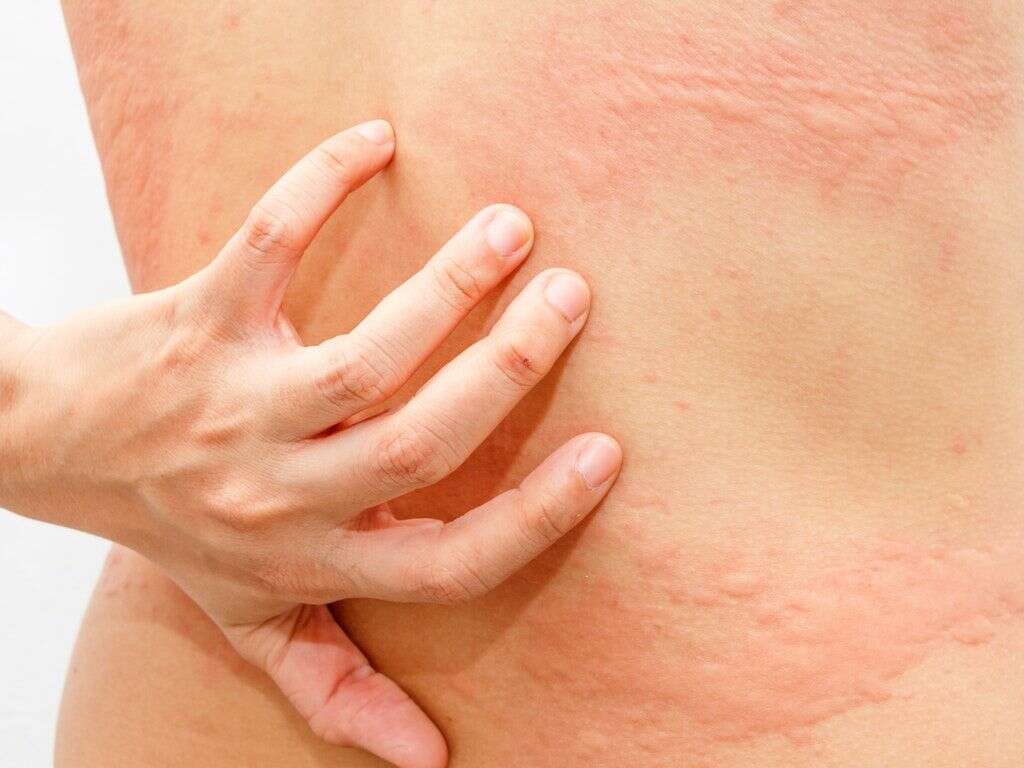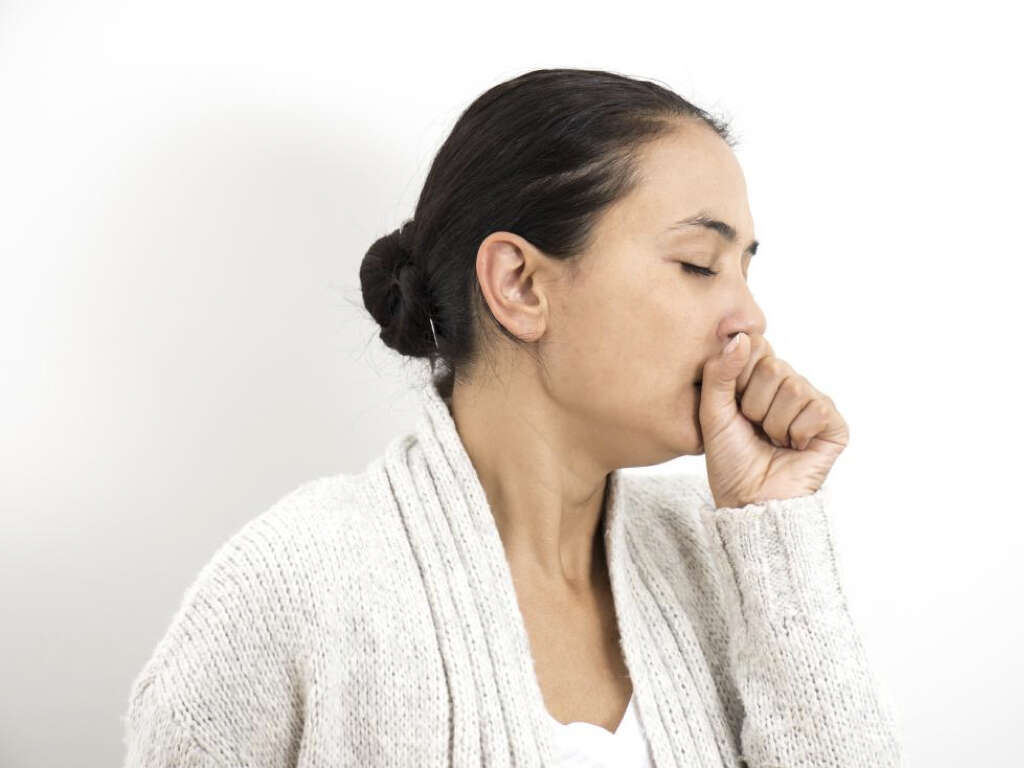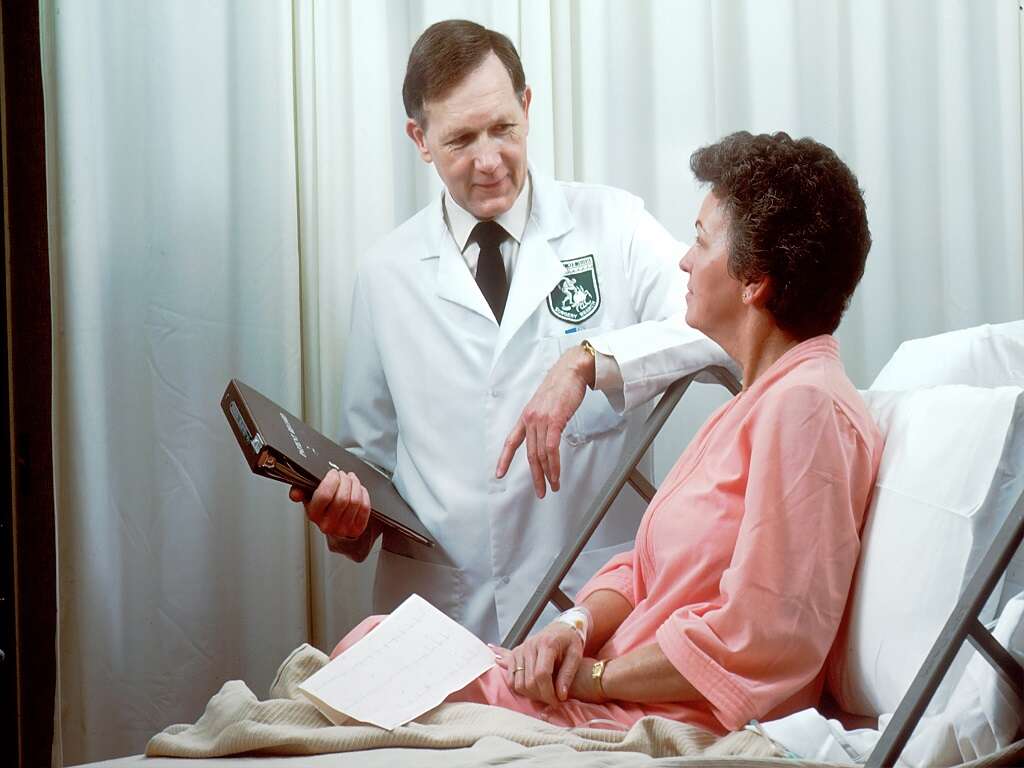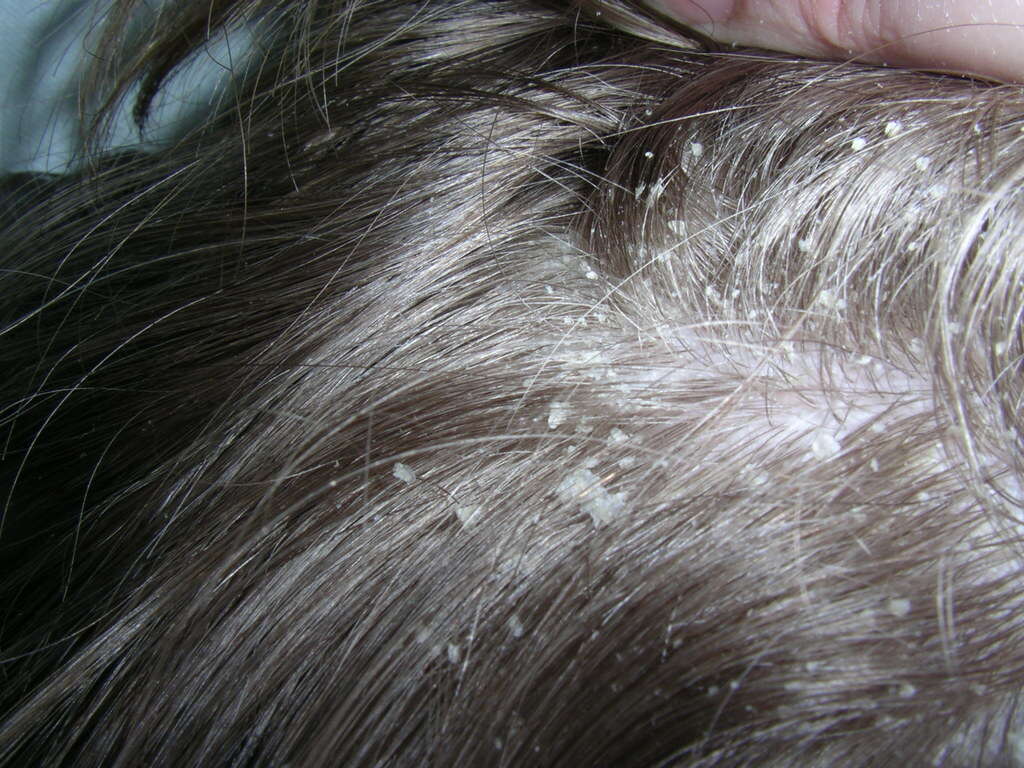10 Dermatomyositis Symptoms
Dermatomyositis is a chronic condition that leads to the inflammation and weakness of the muscles. While the cause of dermatomyositis is still unknown, it may be the result of an autoimmune disease or viral infection. The condition mostly occurs among women in their forties or fifties. However, it can occur in individuals of any age. It is estimated that there are approximately 1 in 100,000 newly affected patients annually.
Dermatomyositis can be diagnosed based on its symptoms and via a combination of blood tests, muscle biopsies, and electromyography. Although there is no cure for dermatomyositis, treatment and management of the disease help improve the symptoms. Treatment for dermatomyositis can include medications (such as a combination of corticosteroids with methotrexate or azathioprine), exercise, physical therapy, orthotics, heat therapy, assistive devices, and rest. Intravenous immunoglobulin may also improve the outcome of the disease. Most patients will improve with treatment, and in some cases, the condition may resolve completely.
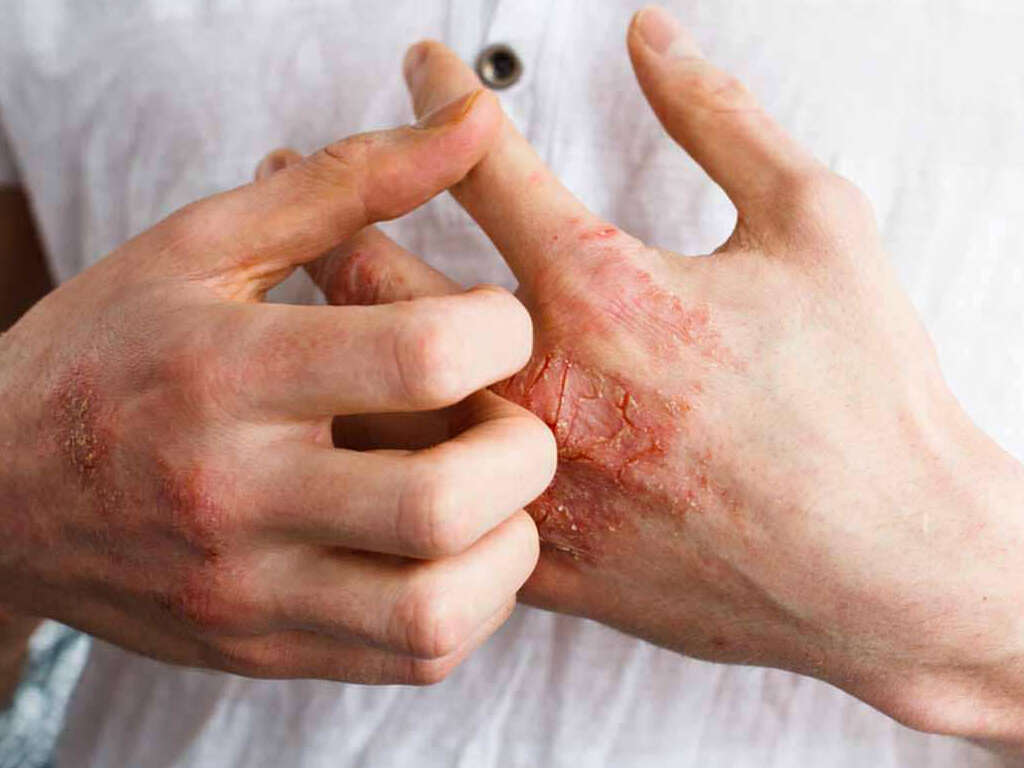
Symptom #1: Skin Rash
A rash is a change in the appearance, color, or texture of the skin. In dermatomyositis, the rash takes on a “heliotrope” form, where it has a lilac or purplish appearance. Rashes can be localized or found all over the body. Depending on the underlying condition, some rashes can be itchy or painful, or they may blister and swell. Rashes also may have a bumpy texture or show signs of inflammation, such as redness and warmth.
Some common causes of a skin rash are allergies, contact with an irritant, poor hygiene, autoimmune disorders, and scarlet fever. A rash also can be a side effect of medications or a reaction to vaccinations, Since there are many possible causes of a rash, the treatment for a skin rash can vary widely and will depend on the underlying cause.

Symptom #2: Fever
Fever is when the set point of body temperature increases above the normal range. It is the body’s natural way of enhancing the immune system so it can fight an infection. When the set point of body temperature increases, the body tries to reach the higher temperature. A feeling of coldness, or chills, often accompanies a fever.
The repeated muscle contractions caused by shivering help increase body temperature as the body continuously tries to produce and conserve more heat. However, when the temperature becomes too high, it can cause other issues, such as seizures. A fever can usually be managed using antipyretics, such as paracetamol (acetaminophen) or nonsteroidal anti-inflammatory drugs (NSAIDs).
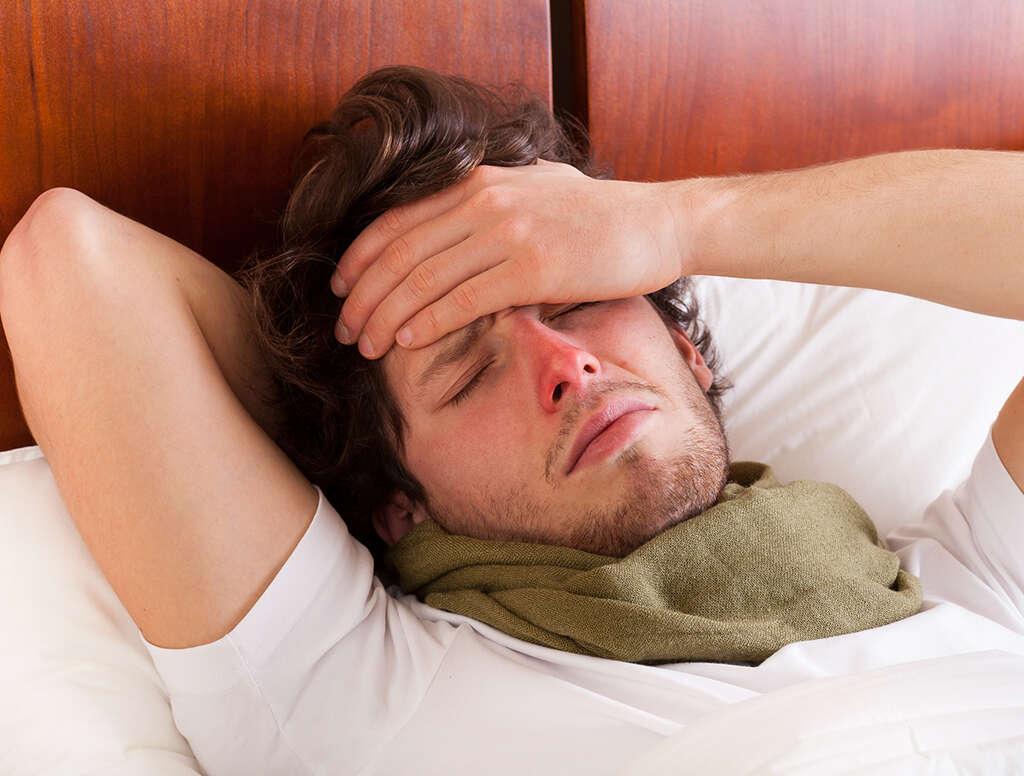
Symptom #3: Muscle Weakness
Muscle weakness is a nonspecific symptom that is also known as myasthenia. Myasthenia can be either a true or perceived weakness. True muscle weakness occurs in skeletal muscle diseases, such as inflammatory myopathy and muscular dystrophy.
Perceived muscle weakness occurs when the individual feels that extra effort is required despite having normal muscle strength. In dermatomyositis, the muscle weakness occurs progressively in the proximal muscles, making it difficult to perform tasks, such as climbing stairs, standing up, and lifting.
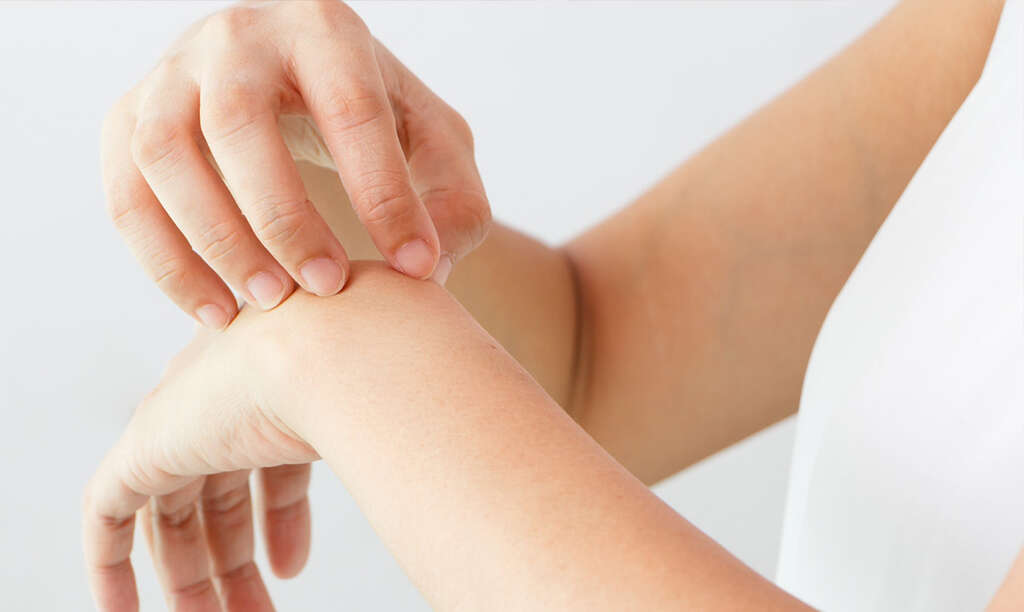
Symptom #4: Weight Loss
Weight loss is the reduction in total body weight or mass. It may occur due to loss of adipose tissue, fluid, lean mass, muscle, bone mineral deposits, or other connective tissue. Weight loss can be intentional or unintentional.
Unintentional weight loss is a common and nonspecific symptom that can occur due to malnourishment, cancer, or other diseases. In disease, weight loss may occur due to impaired oral intake, impaired absorption or digestion, excessive nutrient loss (such as through diarrhea), and altered metabolic demands.

Symptom #5: Malaise
Malaise is a general feeling of discomfort, pain, or uneasiness. Patients often describe malaise as a feeling that “something is not right” without knowing the exact cause. It is one of the earliest indications of infection or disease.
Malaise is a nonspecific and common symptom that can occur in several conditions, such as hunger, cancer, heart attack, and stroke. Experts believe it is due to the activation of the body’s immune response and the release of proinflammatory cytokines.
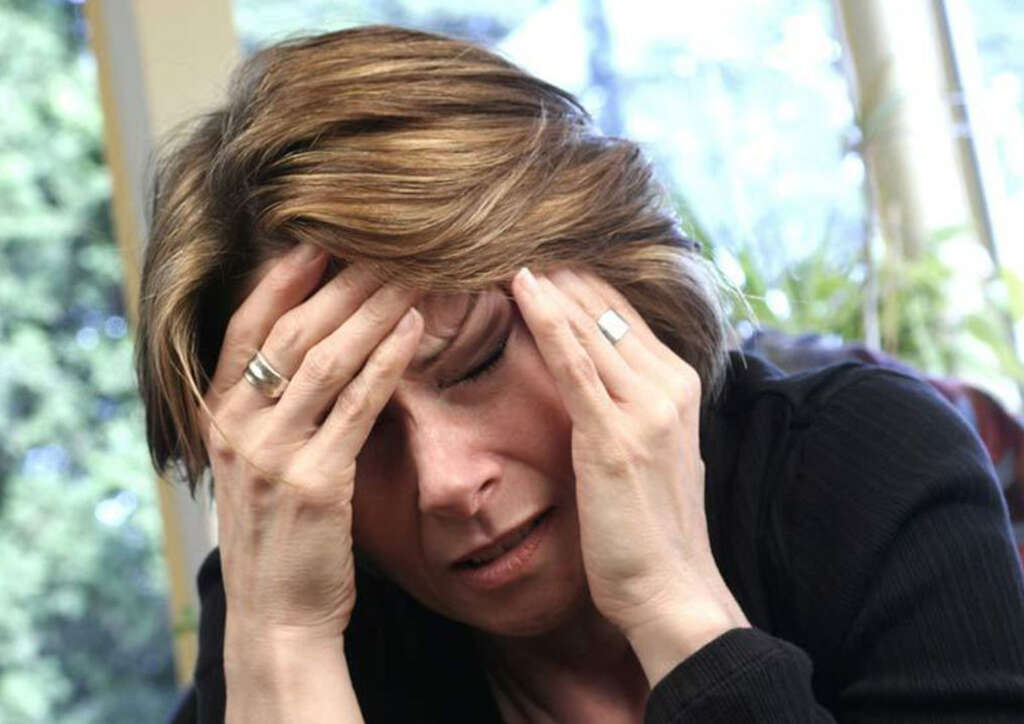
Symptom #6: Arthralgia
Arthralgia is the medical term for joint pain. It can occur because of injury, illness, or infection. Some causes of joint pain include rheumatoid arthritis, systemic lupus erythematosus, rheumatic fever, osteoarthritis, gout, septic arthritis, and hemarthrosis.
It also could be a side effect of certain medications. In dermatomyositis, approximately 30 percent of patients experience arthralgia that is generally mild. Arthralgia can be relieved symptomatically with painkillers, such as paracetamol or NSAIDs. Ice packs or heat therapy may also help.
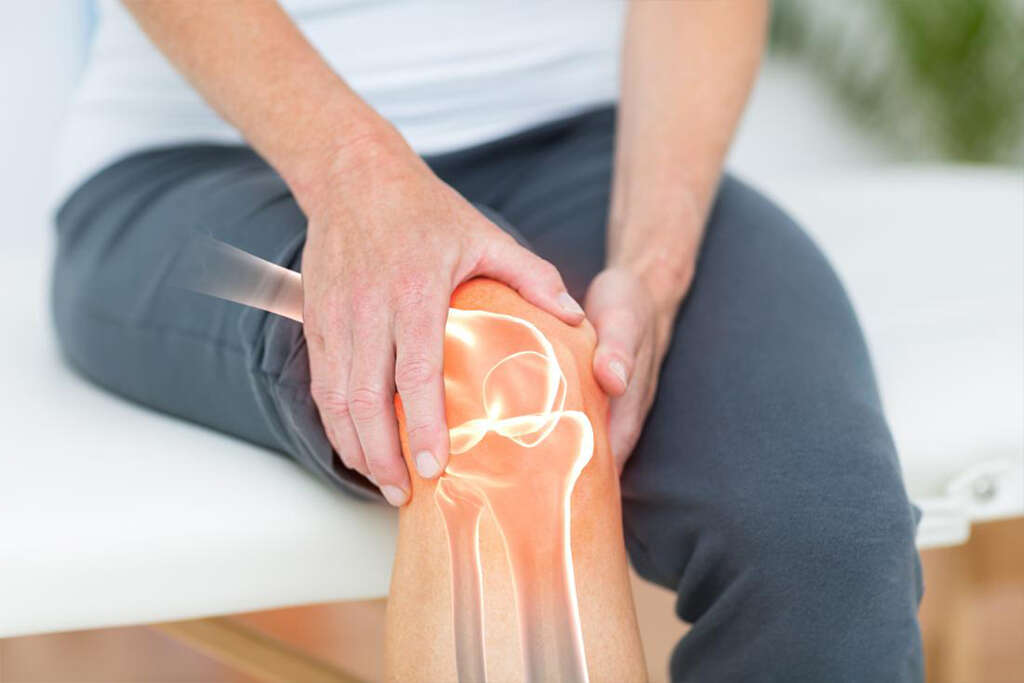
Symptom #7: Dysphagia
Dysphagia is the medical term for difficulty swallowing. If the condition progresses gradually, individuals may be unaware at first that they even have the condition. It should be distinguished from odynophagia, which refers to painful swallowing. Dysphagia may manifest as coughing, choking, unexplained weight loss, frequent bouts of pneumonia, and nasal regurgitation.
In dermatomyositis, the weakening of muscles in the neck, throat, or tongue can result in dysphagia. Treatment of dysphagia may include dietary changes, swallowing therapy, feeding tubes, or surgery.
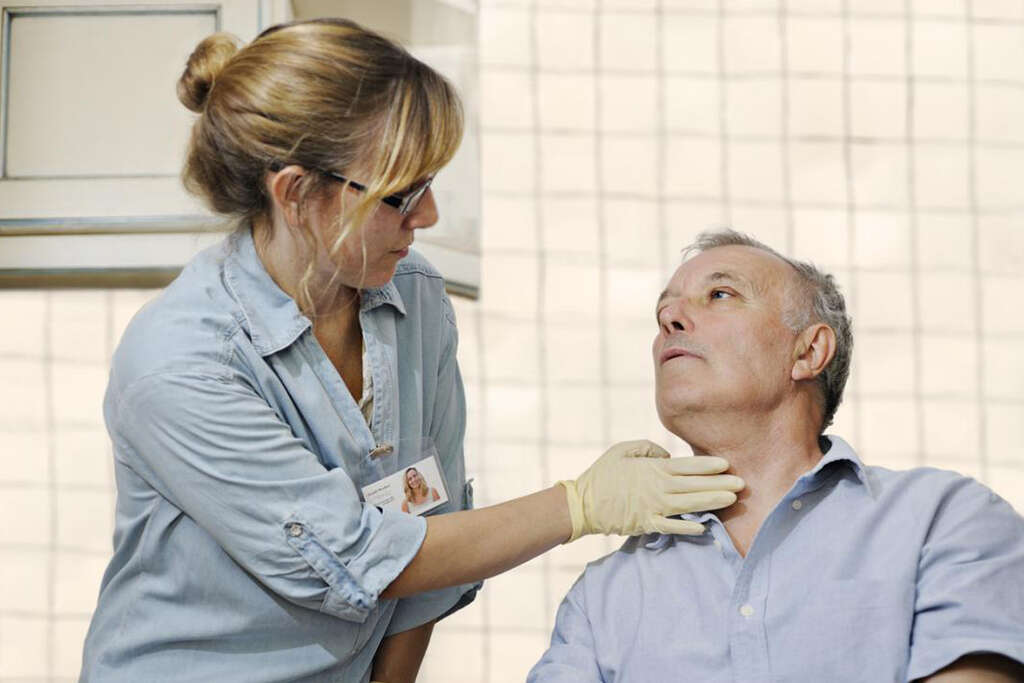
Symptom #8: Dysphonia
Dysphonia is when the voice becomes hoarse, raspy, breathy, strained, and softer or lower in volume. Hoarseness usually occurs when there are problems with the vocal folds in the larynx.
It is a common symptom that may occur because of an upper respiratory infection, allergies, a cold, or a sore throat. In dermatomyositis, affected muscles in the throat, neck, and tongue can cause a hoarse voice and make it difficult to articulate speech.

Symptom #9: Respiratory Difficulties
Muscles elevate the ribs and sternum during inhalation and depress them during exhalation.
In dermatomyositis, if the weakening of the muscles involves the muscles of respiration, such as the diaphragm and external intercostals, it can lead to respiratory difficulties. Without appropriate treatment, this can lead to life-threatening complications.

Symptom #10: Calcinosis
Calcinosis is the formation of calcium deposits in the soft tissues of the body. Types of calcinosis include dystrophic calcification, metastatic calcification, and tumoral calcinosis. It is a distressing late complication, although it can also appear early in juvenile dermatomyositis. It is seen in 30 to 70 percent of juvenile dermatomyositis cases and is less common in adults.
It contributes to joint contractures and muscle atrophy. Calcium deposits in the skin may lead to sterile necrotic abscess and cutaneous ulceration. The severity of the calcinosis typically correlates with the level of long-term disability.
